The laser marking world includes several types of vision systems, which can change depending on the application and type of analysis.
With this article, we want to shed light on laser marking for traceability and aesthetic laser marking solutions.
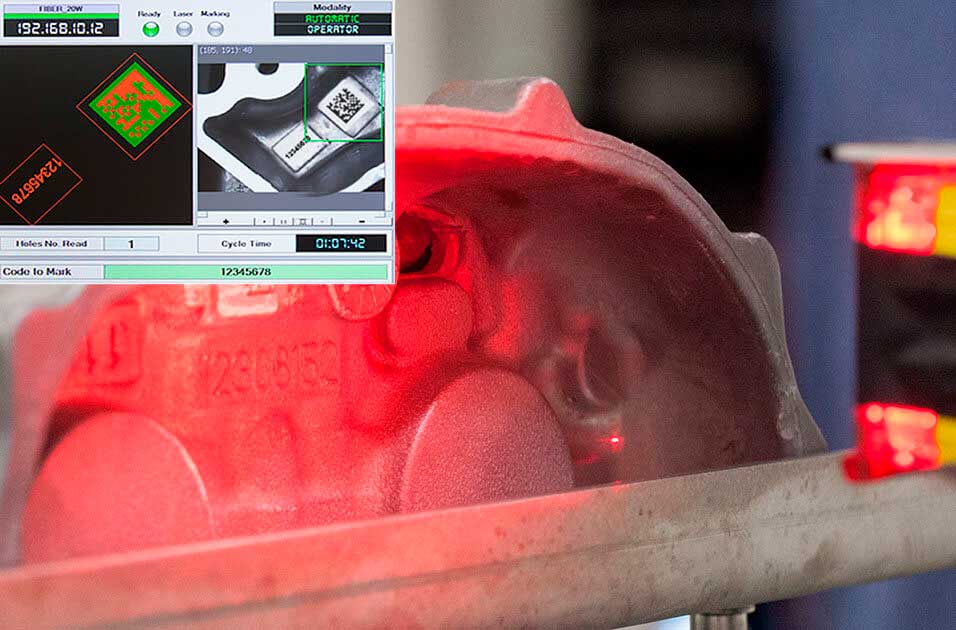
1
PC-based vision systems: the camera takes a photo of the component, which is then analyzed by the PC’s algorithm. If the size of the image is large, the PC’s calculation power is more suitable compared to systems with Smart Camera.
2
Vision systems with Smart Camera: the camera takes a photo of the component and analyzes it without transferring it to an external PC. This process is simpler and allows the operator to create new recipes easily.
Differences also lie in the hardware, which defines what type of vision system is more suitable for a specific need. In fact, vision systems can be inside or outside the head. Today, LASIT installs vision systems on roughly 60% of its laser markers for self-centering and 2D-code reading purposes. These vision systems can be inside or outside the head (TTL).
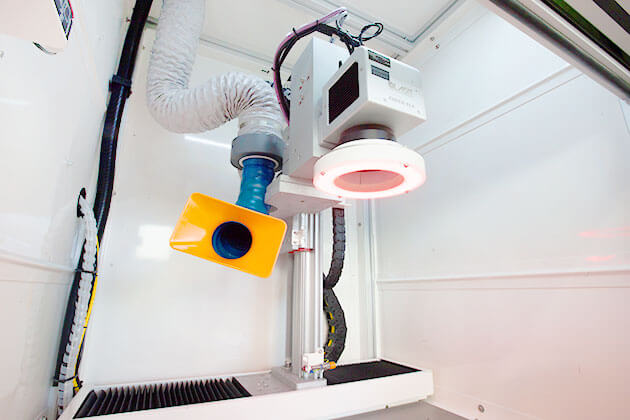
Vision is coaxial to the beam and “looks” through the laser optics
The TTL (Through The Lens) vision system is the ideal solution for centering the marking on small components and reading 2D codes (DMX, QR) at high speed without moving the laser or the camera. This is possible because the camera conveys the light to the same spot of the laser beam.
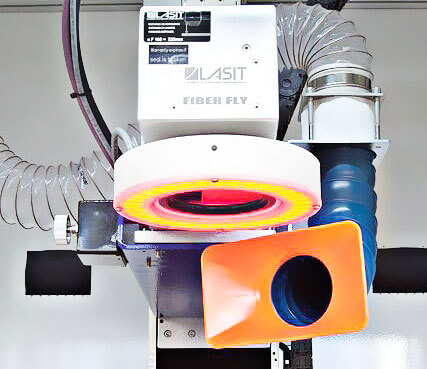
The integrated circular light illuminates the entire framed area. You can even adjust its intensity.
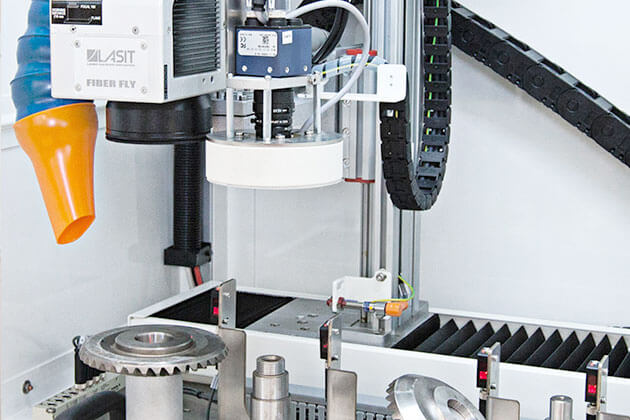
It’s positioned on the laser head’s side
The system with a lateral camera provides a larger field of view of the TTL system, without changing its characteristics.
In this case, the program moves the axes automatically to align the camera with the marking field
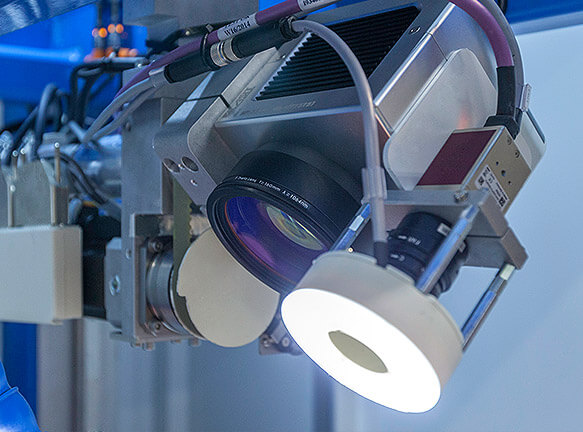
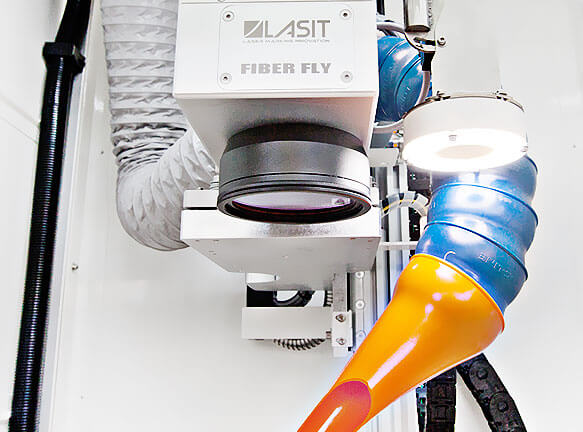
Did you like this article?
Share it on
LASIT Sistemi e Tecnologie Elettrottiche S.p.A.
Via Solferino 4
80058 – Torre Annunziata (NA)
P.Iva 02747991210
C.F 01803670643
Copyright © 2024